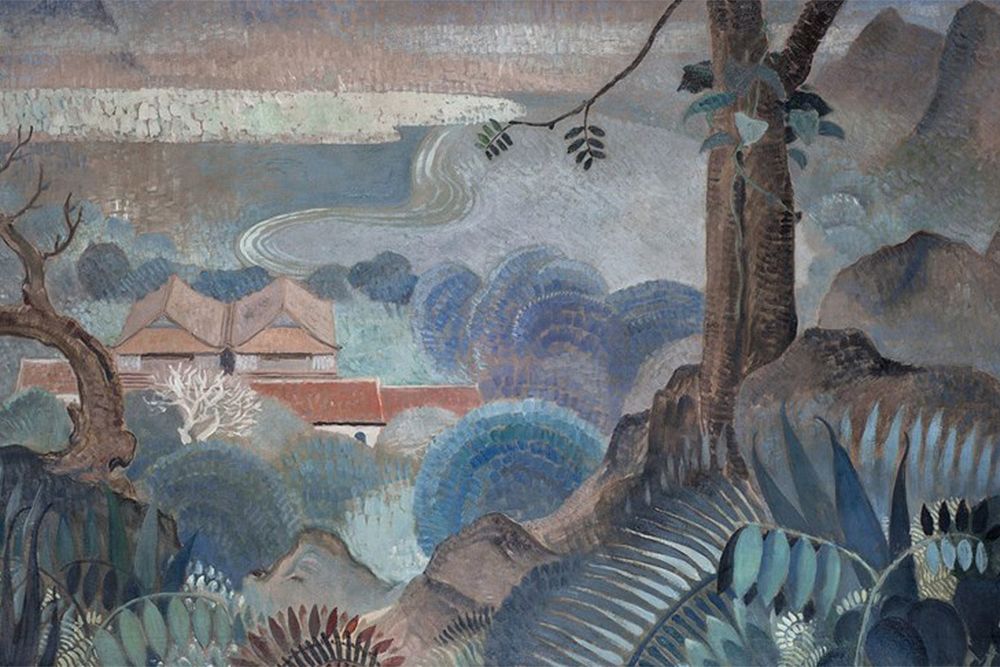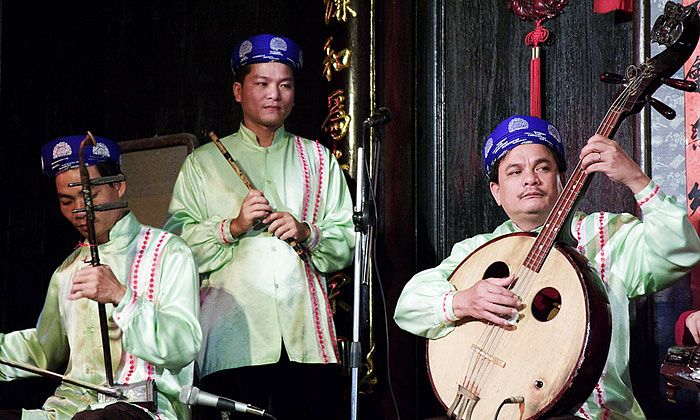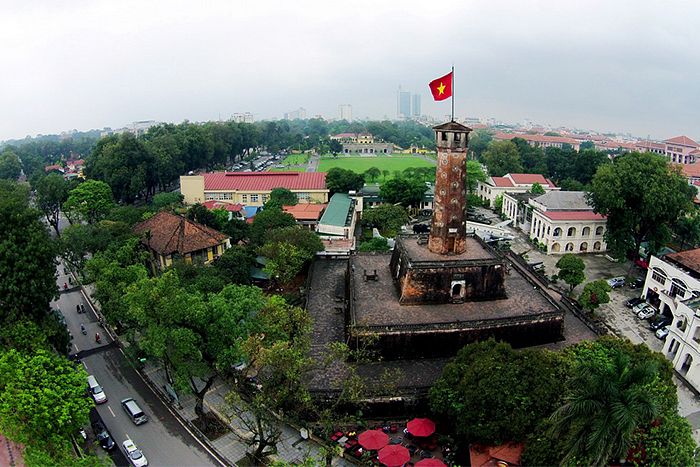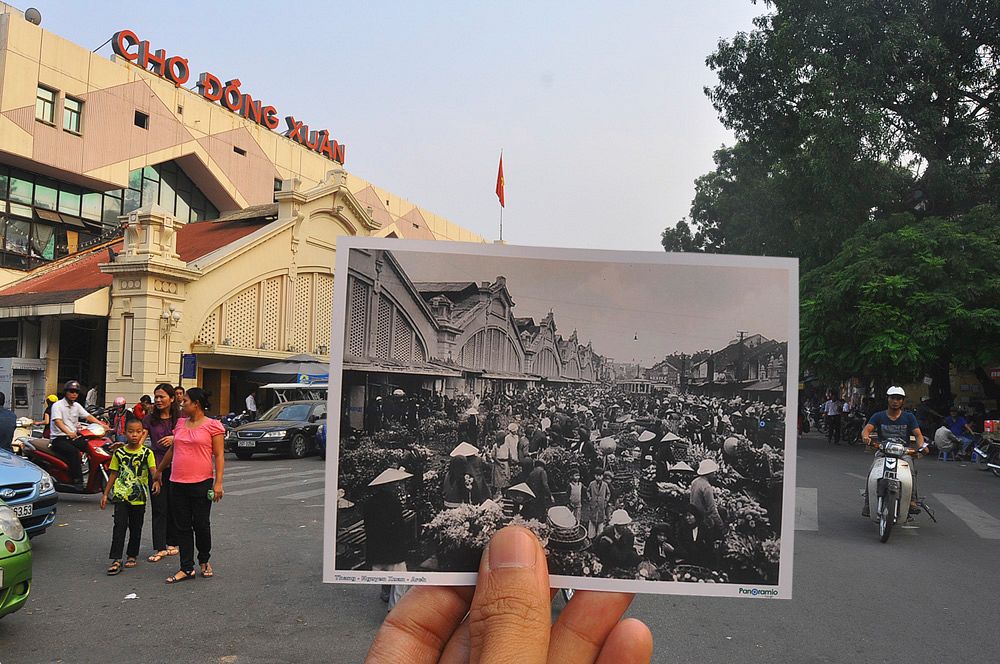Tuồng is a type of traditional folk performance which is characterized in part by the use of abstract face-painting. Performers hide their real faces under a piece of art, which symbolize their character in the play. And like all good art, it takes time to make.
Black, red and white are the three main colors of the painted “masks.” With more than 100 variations of these facades, their colors have meaning from which the audience can determine the personality of the character. Many represent characteristics of legendary Vietnamese animals such as the unicorn, dragon, turtle and phoenix.
Though used to be very popular in the past, Tuồng, along with its alluring masks, are beginning to disappear. This sophisticated performance has been all but abandoned by the new Vietnamese generation.
However, this nostalgic art still survives in a way thanks to efforts of many people including Vu Nam Duong, a young Vietnamese director. His short film, Nghe Thuat Ve Mat Na Hue has helped preserve the nearly forgotten artistry of ritual and folklore.














